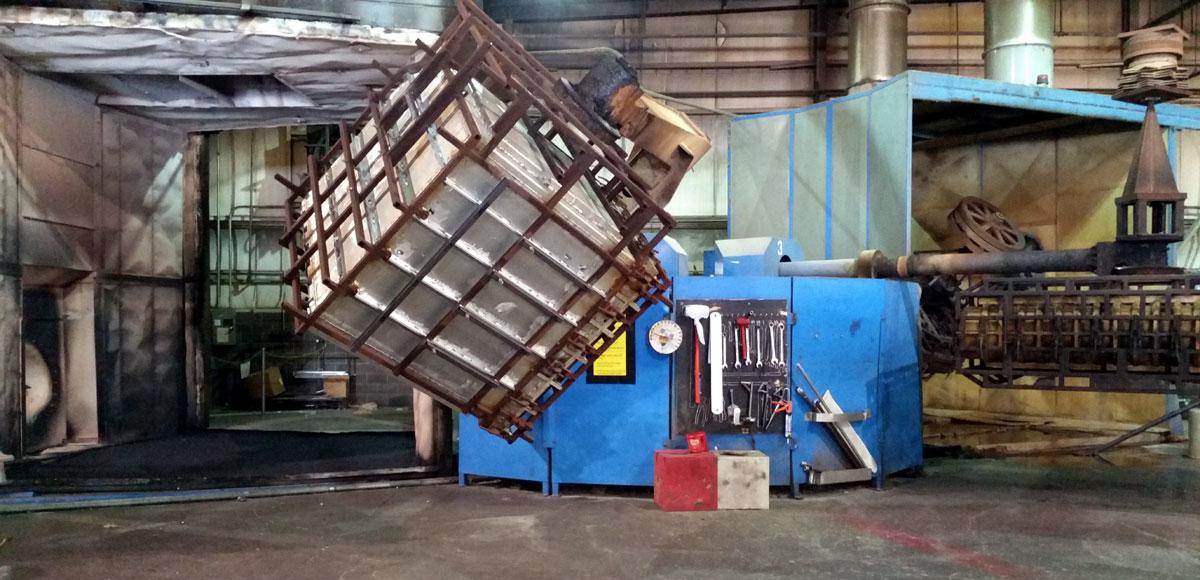Rotomolding vs. Injection Molding: Which is Right for Your Product?

Plastic goods are everywhere, building the backbone of countless industries, from storage solutions to outdoor equipment. But perhaps you have wondered how some of those sturdy plastic services and products are created? One widely-used however often neglected production process is Plastics Rotomolding —an original technique accountable for creating lots of the things we depend on daily.

This informative article dives into what rotomolding is, their method, and why it plays an essential position in providing long-lasting plastic products.
What is Rotomolding?
Rotational molding, or rotomolding, is a manufacturing process used to create tough, worthless plastic products. Unlike injection molding or strike molding, which depend on large demands to form parts, rotomolding employs heat and rotation to mold plastic in to the desired shape. It's a low-pressure, extremely efficient approach that effects in easy, uniform products.
Some daily examples of rotomolded things include water tanks, outdoor furniture, kayaks, and kids' playground equipment. The versatility and resilience of these materials highlight the worthiness with this process.
How Rotomolding Works
The rotomolding process may be damaged into four essential phases:
1. Launching the Mold
The method begins by putting a powdered kind of plastic resin in to a hollow mold. That shape is normally constructed from metal and developed in the design of the supposed product.
2. Heating and Turning
After closed, the form is hot in an range while being turned on two axes. The constant turn ensures the plastic equally layers the internal floor of the form, creating a uniform thickness.
3. Chilling
After the mold is completely sprayed, it is slowly cooled. This confirms the plastic and locks it in to shape.
4. Demolding
Finally, the form is opened, revealing the finished product. That seamless, useless structure is clear of weld lines or disadvantages, ensuring their durability.
Why Rotomolding Issues
Rotomolding isn't more or less shaping plastic; it's about providing hard, weather-resistant, and cost-effective storage and electricity solutions. A few of the important features of rotomolding include:
• Longevity
The low-pressure process generates services and products with consistent wall width and no weak points, creating them very immune to impact and wear.
• Design Mobility
Rotomolding accommodates complicated patterns and customizations, giving suppliers with endless design opportunities.
• Cost-Effectiveness
Tooling fees for rotomolding are relatively minimal in comparison to other plastic production processes, leading to charge savings in production.
More Than Only Parts
The effect of rotomolding is growing, particularly in industries seeking sustainable solutions. With innovations like bio-based resins and recyclable components being built-into the process, rotomolding is not just about durability—additionally it is becoming a product for environmentally aware manufacturing.
By knowledge the features and benefits of rotomolding, we gain understanding into how durable plastic items are reshaping industries and adapting to contemporary demands.
